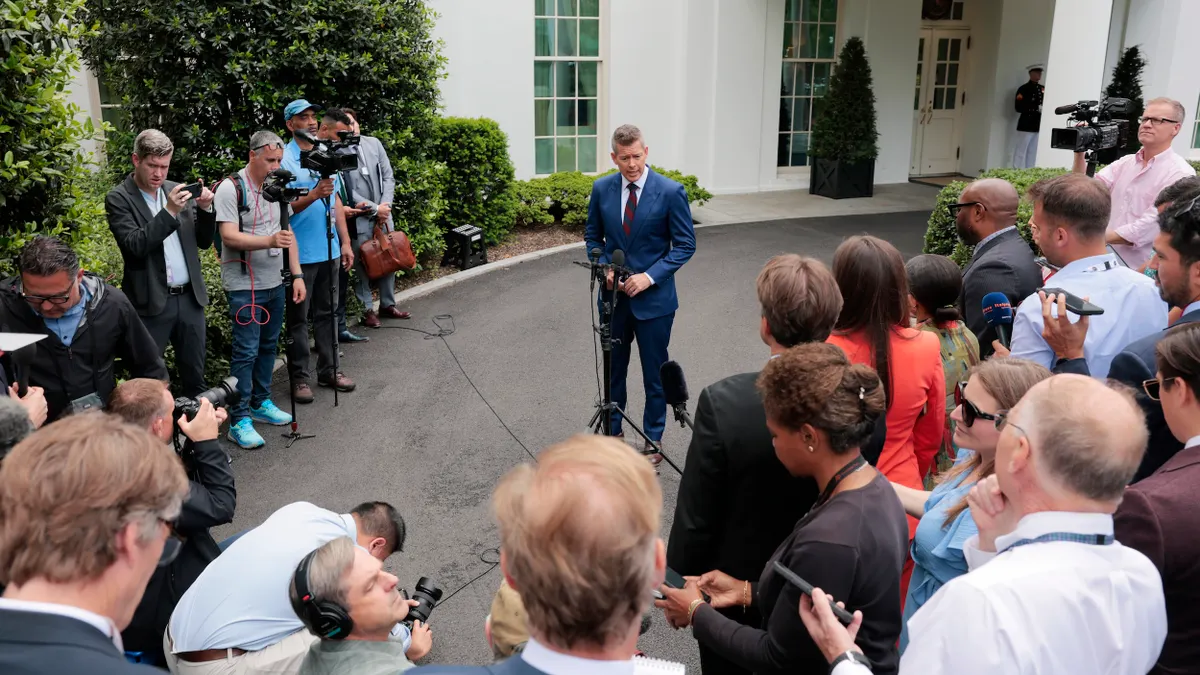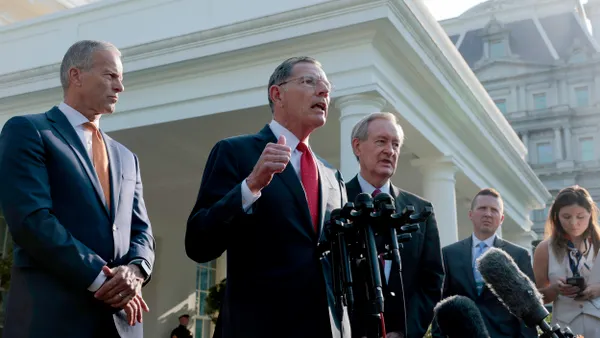Editor's Note: The following is a guest post from Diane Regas, president and CEO of The Trust for Public Land (TPL).
Most often, climate change reveals itself in extreme weather events. We open our newspapers or news apps to see its troubling face: raging wildfires in California, shriveling drought in the Southwest, deadly sub-zero temperatures and devastating flooding across the Midwest.
Caught up in these meteorological catastrophes are millions of suffering people, flooded from their homes and businesses or sweltering on city streets. With summer upon us, it is sobering to understand that, according to the Centers for Disease Control, extreme heat now causes more deaths in American cities than all other weather events.
Much of the conversation around climate change has focused on reducing carbon pollution. But in addition, we need to help people adapt to the severe weather that is already upon us, including in our cities. Otherwise, suffering will only increase.
One way we can do this is to dot our neighborhoods with parks and lace our cities with greenspace — especially in lower-income and minority communities, which are more often underserved by parks. It should come as no surprise that these communities are also most likely to swelter and flood. It simply is not fair that they should bear the brunt of the climate crisis.
So how can parks and greenspace help? First, green parks cool communities. Researchers have found that on baking days, the ambient temperature in a green, shady park can be 17 degrees cooler than in surrounding city neighborhoods. This cooling effect can extend for a half-mile beyond the park’s borders.
Second, parks absorb flooding to protect neighborhoods and increase access to clean, usable water. New York, Atlanta and Los Angeles are only some of the many cities that are using parks and greenspace to absorb, filter and store excess water.
In New York, nearly 200 schoolyards — previously covered in baking, impervious asphalt — have been rebuilt as green playgrounds, with trees that cool the atmosphere and porous surfaces to absorb and store excess water. Los Angeles is greening previously paved alleyways, each of which can absorb and store nearly a half-million gallons of stormwater each year. In Atlanta, where neighborhood flooding has been a persistent problem, two new parks — one of them scheduled to open soon — feature manmade lakes specifically designed to collect stormwater.
And even as they are making cities more comfortable, all these parks and other greenspaces are absorbing and storing carbon, helping to slow the growth of the climate crisis.
Of course, parks and greenspace bring multiple other benefits to communities. They support health-promoting exercise, recreation, and access to nature and serve as common backyards, where residents get to know one another. And they increase community prosperity in the broadest meaning of that word — enriching people’s lives, health, and happiness through interaction with nature and one another.
Across the nation, cities increasingly are working to bring parks and greenspaces to communities, especially those at greatest threat from severe weather. More than 100 million people in the U.S. — a third of the nation’s population — lack a park within a 10-minute walk of home. Mayors of more than 200 cities have signed on to the goal of creating 10-minute-walk access for all residents.
These parks will help relieve suffering from severe weather and bring many other benefits to communities. But an equally important result will be the empowerment that comes from creating a park. Engaging communities, especially underserved ones, in their own future strengthens our democracy.
As government and environmentalists consider how best to address climate change, one of our goals must be to better engage members of our most vulnerable communities. In doing that, we’ll not only arrive at solutions that better serve those communities — we’ll also help foster a culture of empowerment, self-determinism, engagement, and democratic participation that is absolutely crucial to the broader cause of electing leaders and creating policies to reverse the climate crisis.









